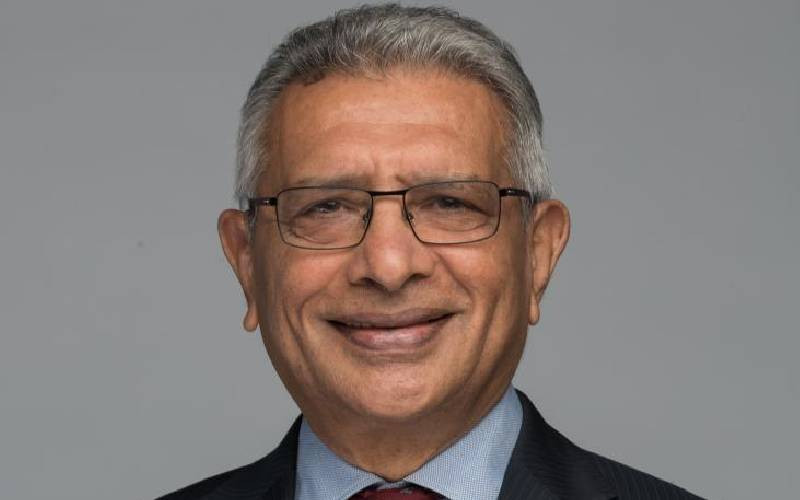Uasin Gishu, Kenya: Over 5,000 residents of Moiben constituency who have been facing water challenges are set to benefit from the rehabilitation of Sasitwa dam.
The project being undertaken by the Kenya Agricultural Productivity and Sustainable Land Management (KAPSLM) is part of the World Bank-funded projects geared towards protection of catchment water areas.
KAPSLM Cherangany catchment area coordinator Meltus Were said the dam, which is to cost Sh3,150,000 on completion will directly benefit over 700 households and is expected to be operational by April, just before the start of the long rains.
"The project is among several others aimed at restoring the country's water towers. This particular project will have two phases. The first phase includes excavation and de-silting of the dam, while the second phase will comprise initiating agricultural activities around the dam," said Mr Were.
"The second phase, which entails agricultural promotion will include supporting communities to engage in bee keeping, fruit and vegetable cultivation among other activities," Were added.
POLLUTED STREAMS
He said the dam will also be restocked with fish fingerlings to make it self-sustaining.
In the past, residents had to trek for several kilometres to get water for domestic use. They currently depend on Chebororwa stream in Kokwet area and Moiben river.
A survey by The Standard established that Moiben town residents and hotel operators get their water from the polluted streams, which they share with livestock.
John Kiptum, a Moiben resident says they have been experiencing water problems since 2005, when the dam, contracted by the defunct Wareng County Council was demolished.
He said several residents were hospitalised in 2010 following an outbreak of cholera and diarrhoea as a result of consuming contaminated water from streams.
"We have been facing various challenges related to water. This has resulted in underdevelopment in this region. We hope with the rehabilitation of this dam, things will improve," said Mr Kiptum.
EXPENSIVE COMMODITY
He said pupils in most primary schools in the region were also forced to fetch water from the streams several kilometres away during lunch hours.
Another resident, Selina Kiprop said most families today own donkeys, which they use to get water from far away streams. Those without donkeys are forced to part with Sh20 to Sh30 for a 20 litre jerrycan of water.
Stay informed. Subscribe to our newsletter
 The Standard Group Plc is a
multi-media organization with investments in media platforms spanning newspaper
print operations, television, radio broadcasting, digital and online services. The
Standard Group is recognized as a leading multi-media house in Kenya with a key
influence in matters of national and international interest.
The Standard Group Plc is a
multi-media organization with investments in media platforms spanning newspaper
print operations, television, radio broadcasting, digital and online services. The
Standard Group is recognized as a leading multi-media house in Kenya with a key
influence in matters of national and international interest.
 The Standard Group Plc is a
multi-media organization with investments in media platforms spanning newspaper
print operations, television, radio broadcasting, digital and online services. The
Standard Group is recognized as a leading multi-media house in Kenya with a key
influence in matters of national and international interest.
The Standard Group Plc is a
multi-media organization with investments in media platforms spanning newspaper
print operations, television, radio broadcasting, digital and online services. The
Standard Group is recognized as a leading multi-media house in Kenya with a key
influence in matters of national and international interest.








